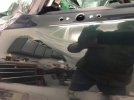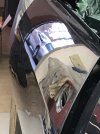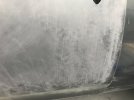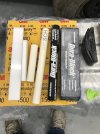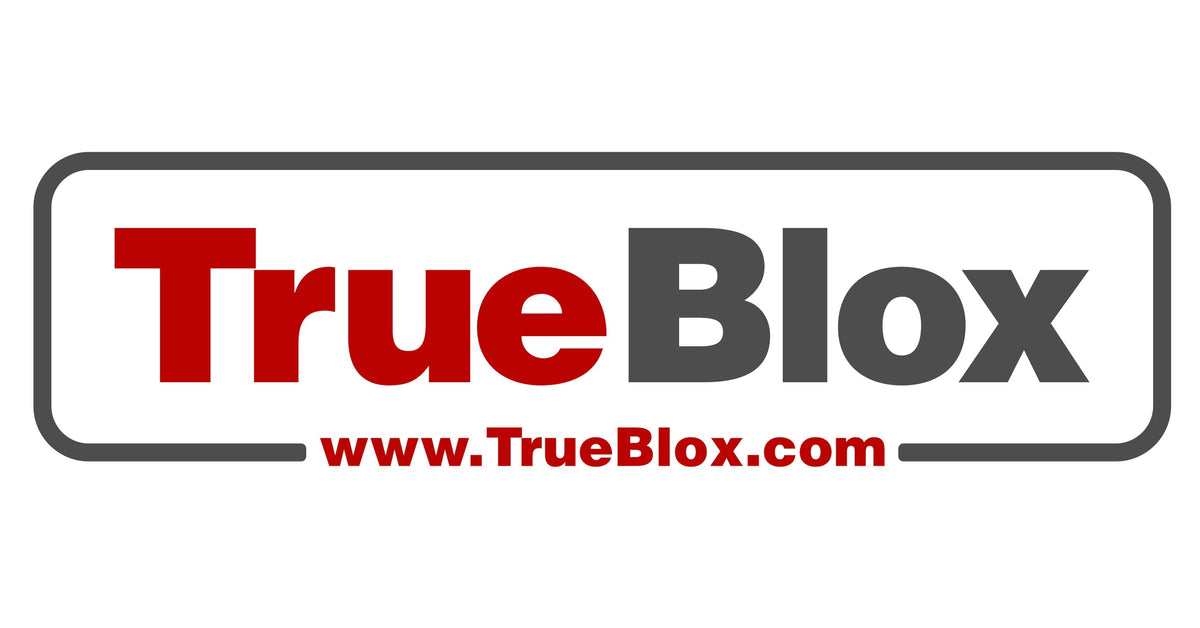Hi all, I'm a newbie here. I've been on the site before reading and checking things out.
I have a question about urethane wave? I shot BB/CC on a long term project (72 Chevelle) last fall and got back to it a few weeks ago ( Temp got warmer ). After cutting using durablocks with 1000, 1500, 2000, 3000 and buffing a small section on a door (Hood and Deck lid are done). I notice waves / marble bumps looking down the side of the door. Looking straight on it doesn't look to bad...Started hitting it with 800 using a 1/2" x 1 1/2' x 11 3/4" polycarbonate block and couldn't beleve what I missed..... I'm just a novice, painted a few old bikes and 10-12 cars/trucks over the years and have never seen this outcome. Anyway after cuting it this many times I figure I'm going to have to reshoot the clear. Would that be the best route to go?? Attached a few pic's. Any help would be great.
Thanks
John
I have a question about urethane wave? I shot BB/CC on a long term project (72 Chevelle) last fall and got back to it a few weeks ago ( Temp got warmer ). After cutting using durablocks with 1000, 1500, 2000, 3000 and buffing a small section on a door (Hood and Deck lid are done). I notice waves / marble bumps looking down the side of the door. Looking straight on it doesn't look to bad...Started hitting it with 800 using a 1/2" x 1 1/2' x 11 3/4" polycarbonate block and couldn't beleve what I missed..... I'm just a novice, painted a few old bikes and 10-12 cars/trucks over the years and have never seen this outcome. Anyway after cuting it this many times I figure I'm going to have to reshoot the clear. Would that be the best route to go?? Attached a few pic's. Any help would be great.
Thanks
John

